Trekking Manaslu Circuit – Major Attractions
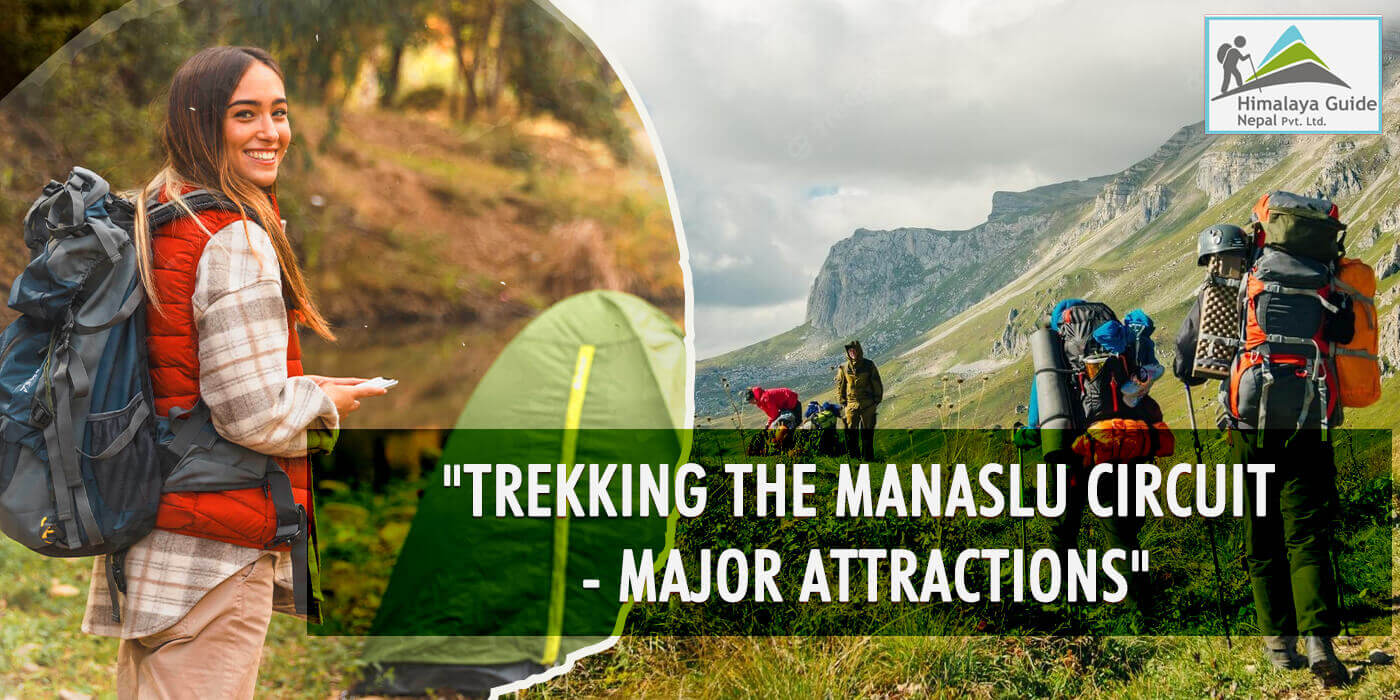
17 Oct 2022 Chandra Gurung
Manaslu Trek is one of Nepal’s most incredible off-the-beaten-path hikes. Similarly, it is well-known for its togetherness and unspoiled natural beauty. Trekking Manaslu Circuit is considered a unique off-the-beaten-path that allows you to see Nepal’s beautiful countryside. It is a moderate-level walk with cultural, historical, and ecological attractions. In addition, the Larkya La Pass has the highest elevation of 5160m.
The Manaslu Circuit Trekking is approximately 177 kilometers in length. The trip is stunning, with breathtaking vistas of the snow-capped Alps. Furthermore, a one-of-a-kind blend of rich cultural history and expedition among different perspectives of unparalleled beauty and unique biodiversity. Toshio Imanishi and Gyalzen Norbu, participants in a Japanese adventure. On May 9, 1959, they made their first ascent of Manaslu.
The Manaslu Mountain Trail Adventure is the most challenging annual trail race across the mountains of the Manaslu area. Every year, runners from all over the globe assemble in Manaslu. Because of this, they may participate and appreciate the fantastic splendor that will follow them during the run.
Your circuit is well-known for its several important sights, which will delight you on this isolated journey over the peaceful Himalayan road. Let’s take a quick look at the five main highlights of the Manaslu Base Camp hike.
1. Off the Beaten Path Trek:
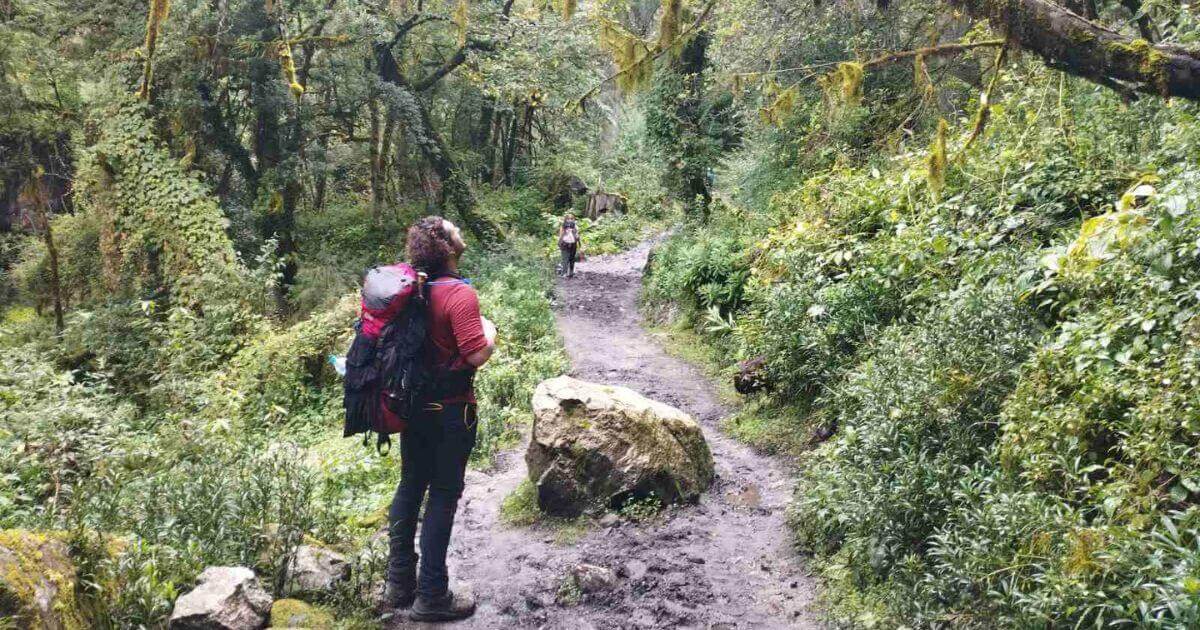
The fact that it is the least populated walking path is one of the top primary attractions of the Manaslu Circuit trip. Foreign visitors who enjoy adventurous journeys towards the Nepalese Himalayas prefer this route after hiking in the Everest and Annapurna regions.
Tsum Valley in the Manaslu area provides everything from a peaceful environment to great cultural flair. Tibetan Buddhist traditional and cultural origins inhabit this valley. You may go all the way through Tsum Valley and Manaslu area in isolation to enjoy yourself.
Similarly, you may enjoy unspoiled nature and traditional culture unaffected by contemporary technology. Traveling in this region differs from that of the Everest and Annapurna regions in that it is less visited. If you appreciate camping and hiking, this is the ideal spot in Nepal for you.
2. Cultural and Religious Tourist Spots:
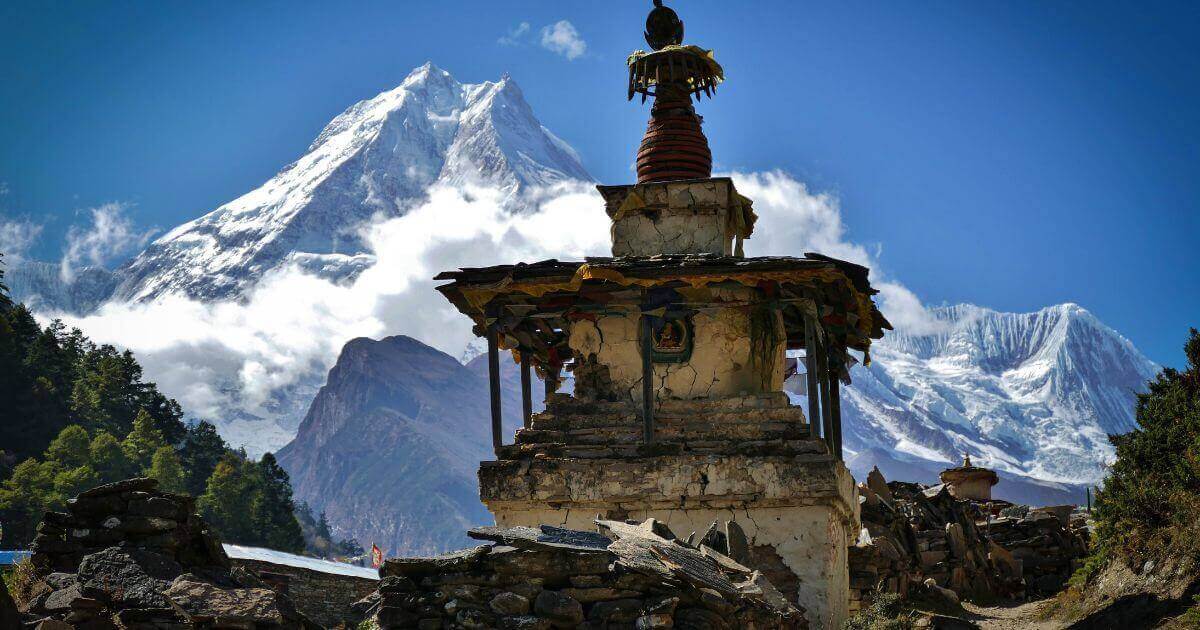
The Nubri and Tsum Valleys are named for the primary ethnic populations, and the Chhikur River separates them. The residents of Nubri Valley are members of the Gurung ethnic community, most of whom work in foreign countries. Nubri Valley has seen an increase in international visitors after the Nepal government issued hiking permits in the Manaslu region. As a result, the impacts of contemporary culture, tradition, and technology may be found in Nubri Valley, both beneficial and harmful.
The Bhotias (Bhutias) are Tsum Valley’s permanent residents who are nearly totally isolated from modern society and its discoveries. Tibetan Buddhism inspires the Gurung and Sherpa people of the Manaslu Tsum Valley.
As a result, the town is home to chortens, mani walls, and historic Buddhist monasteries that reflect Tibetan Buddhist culture and tradition. The important monasteries in Tsum Valley are Rachen Nunnery, Mu Monastery, and Gumba Lungdang Nunnery. A brief stroll through the ethnic and cultural villages of Chumling, Chhule, Chhekamparo, and Nyile will introduce you to their distinct culture and traditions.
Pirren Phu (also known as Milarepa’s Cave or Pigeon Cave) is one of the most important Buddhist sites in Tsum Valley. Milarepa, an old Tibetan saint, is said to have meditated and attained enlightenment in this region of the Nepalese Himalayas. There are three caves surrounding Milarepa’s Cave in the Manaslu Tsum Valley area.
3. Exciting Trip to Mt. Manaslu (8,156m)
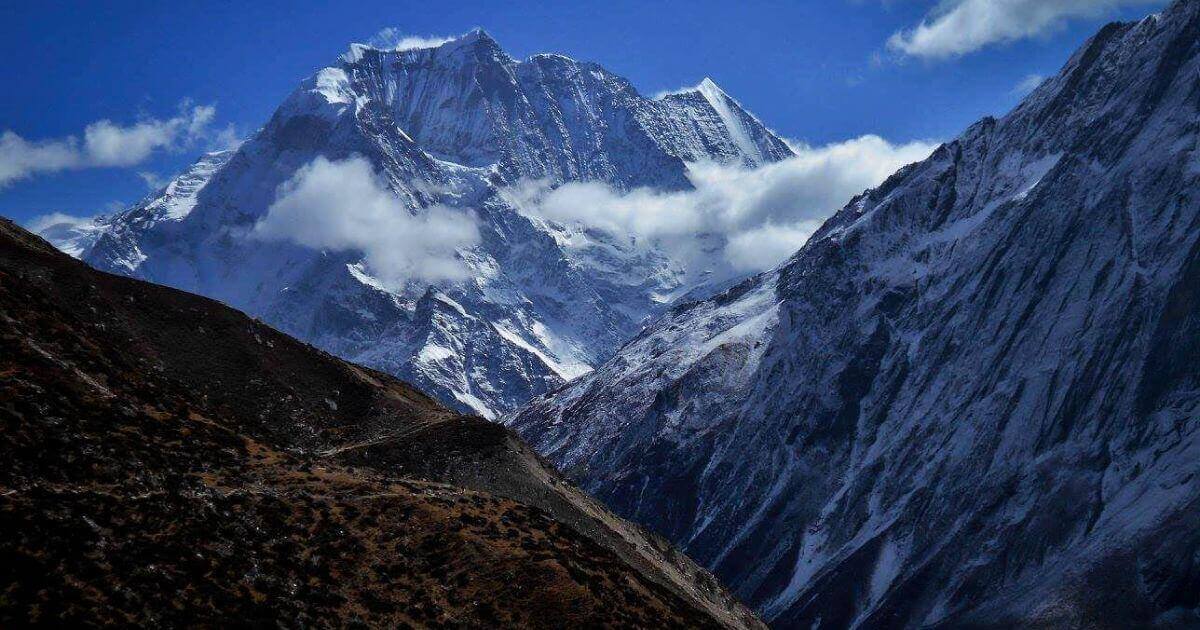
An arduous trek may reach the top of Mt. Manaslu (8,156m) up to the base camp. It is one of Nepal’s eight-thousanders that climbers can access by completing the necessary paperwork with the relevant authorities. On May 9, 1956, Toshio Imanishi, a Japanese, and Gyalgen Norbu, a Sherpa, achieved the first climb of Mount Manaslu. Approximately 1,100 individuals have already summited this 8,000+ meter mountain.
If not, you can ascend the base camp at 4,800m for a breathtaking panorama of the Manaslu valley and snow-covered peaks. Himlung Himal, Cheo Himal, Kanguru, Siringi, Hiunchuli, Ngadi, Ganesh Himal, and Annapurna II (7,937m) shine brightly in the sunlight. Similarly, near the bottom of the Manaslu Glacier, Birendra Lake has an area of around three square kilometers. Lastly, you may trek up to Pungyen Gompa for a beautiful mountain vista and observe Tibetan Buddhist architecture.
4. Fauna and Flora

Manaslu Conservation Area was developed to conserve endangered species and vegetation that contribute to environmental balance. The rich flora and animals in the Himalayan conservation region provide a unique experience throughout this walk.
Manaslu Conservation Area is home to 33 animal species, 110 bird species, and 210 butterfly species. In the protection area, you may also witness endangered animal species such as the snow leopard, Himalayan Thar, and musk deer.
This protected area’s vegetation comprises 19 types of woodlands inhabited by around 2,000 blooming species. The primary plant species include Himalayan pine, rhododendron, and other medicinal and fragrant plants. If you hike the Manaslu Circuit in the spring, the brilliant flowers of many kinds will beautify it, much like a woman on her bridal day.
5. Trekking Area That Is Safe
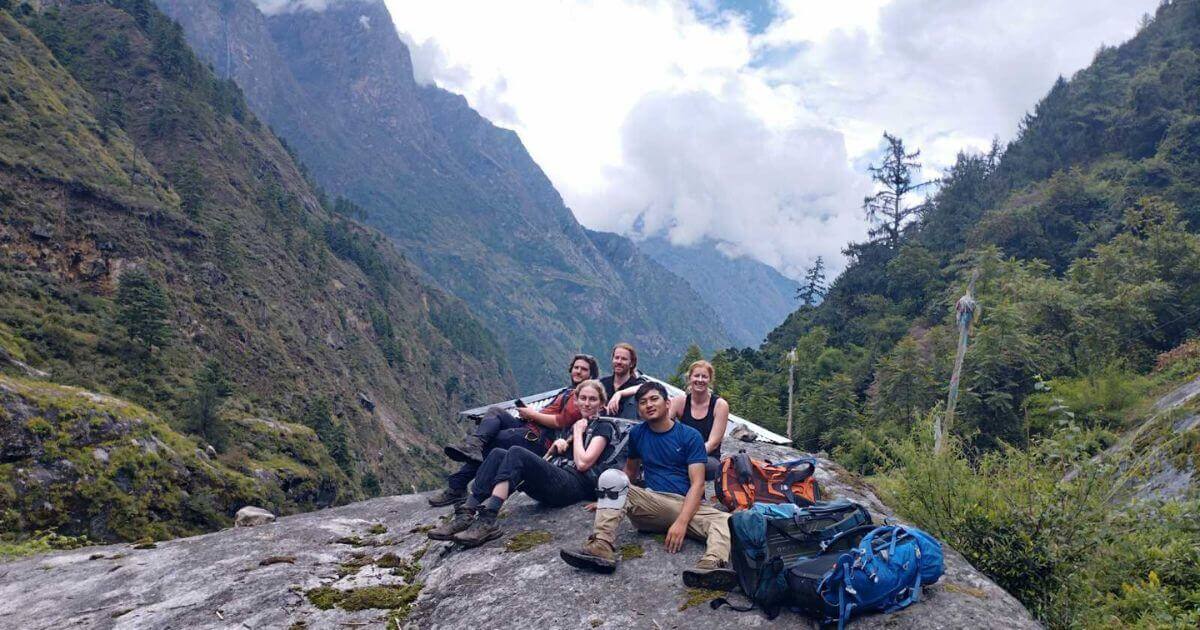
Although you must pass Larkya La Pass, the safe walking track is another appealing element of the Manaslu Circuit Tsum Valley journey (5,160m). Passing through the Larkya La Pass during winter requires extreme caution and safety.
Although you can get Acute Mountain Sickness (AMS), you can avoid it by taking measures with your drink, food, and walking speed. Don’t forget to include Diamox Oral in your first-aid supplies. You don’t need to handle camping hiking gear because this is a teahouse walk. You are not required to stay the evenings in the tented camp at the maximum height, which may be difficult.
Frequently Asked Questions About Trekking Manaslu Circuit:
Q 1. Is Manaslu a deadly peak?
The massive Manaslu, which rises above the pine woods of Nepal’s Budhi Gandaki river valley, is known locally as the “killer mountain” since more than 60 people have perished on its dangerous slopes.
Q 2. How do I access Manaslu?
Of the main Nepalese treks, the Manaslu Circuit trek’s trailhead is the one that is closest to Kathmandu. Nevertheless, the 126 km (80 miles) trip to Soti Khola from Kathmandu is thrilling and takes around 6 hours by jeep (preferred) or more than 8 hours by regular bus.
Q 3. In what region is Manaslu?
Nepal, Kampunge often referred to as Mount Manaslu, is the eighth-highest peak in the world. It is situated in Nepal’s west-central region. Sanskrit’s word for Manasa, “Intellect” or “soul,” is “Manaslu.” The mountain rises to an elevation of 8,163 meters.
Q 4. How tough is it to complete the Manaslu Circuit Trek?
The trekking Manaslu circuit is typically regarded as somewhat challenging. Trekkers will have to navigate rugged terrain to complete the Manaslu Circuit. The region’s harsh and inaccessible terrain needs a lengthy hike.
Q5. How challenging is the Manaslu Circuit Trek?
Most people consider trekking Manaslu circuit to be quite challenging. To finish trekking Manaslu circuit, hikers must negotiate treacherous terrain. The region’s difficult terrain necessitates a long trek.
